Wimbledon: a history of perfection
The world’s pre-eminent tennis tournament blends technology with tradition
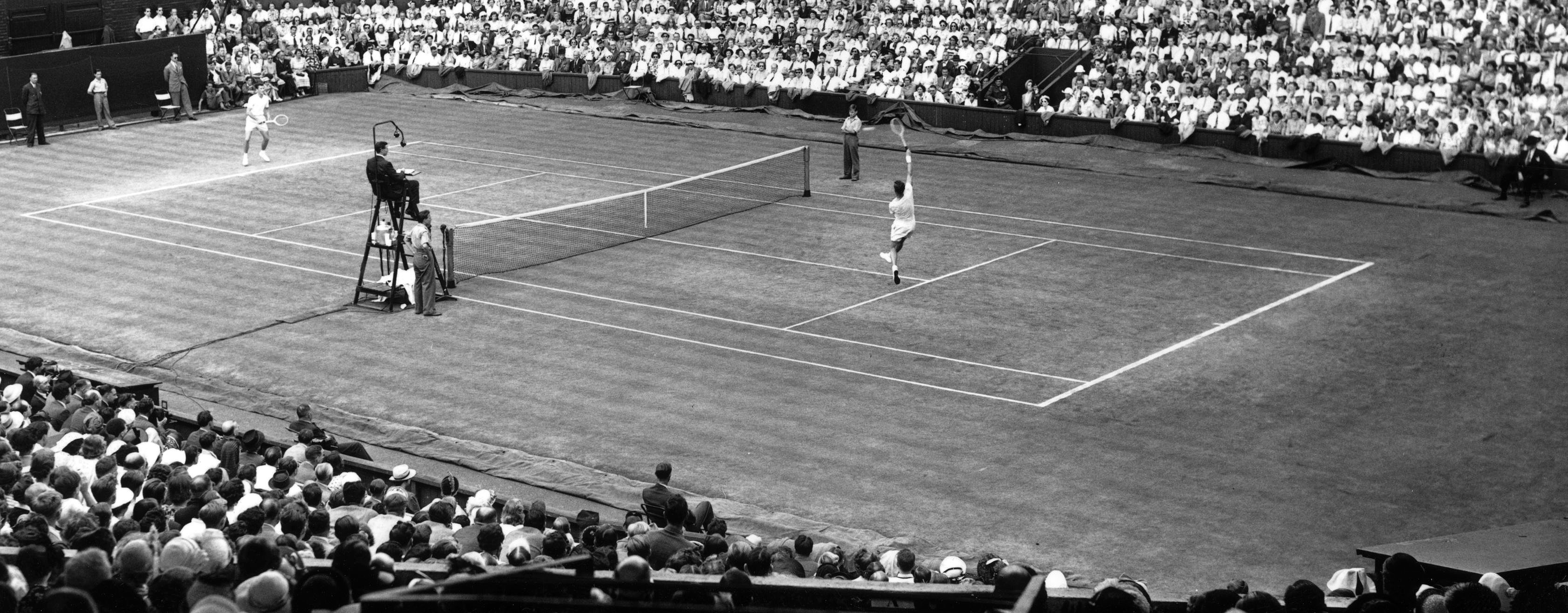
Each of the four tennis Grand Slams has its own personality. The Australian Open unfolds in the heat of Melbourne’s summer. The French Open is played on a clay surface which places particular demands on competitors. The US Open, like the Australian, is a hard court event, set in the monolith that is New York’s Arthur Ashe Stadium.
But for its combination of history, spectacle, excitement and glamour, Wimbledon is without parallel among them. It is the world’s original tennis tournament, dating back to 1877, when the All England Lawn Tennis and Croquet Club held the first gentlemen’s singles finals on a court that accommodated a mere 30 spectators. The ladies’ singles finals were introduced in 1884.
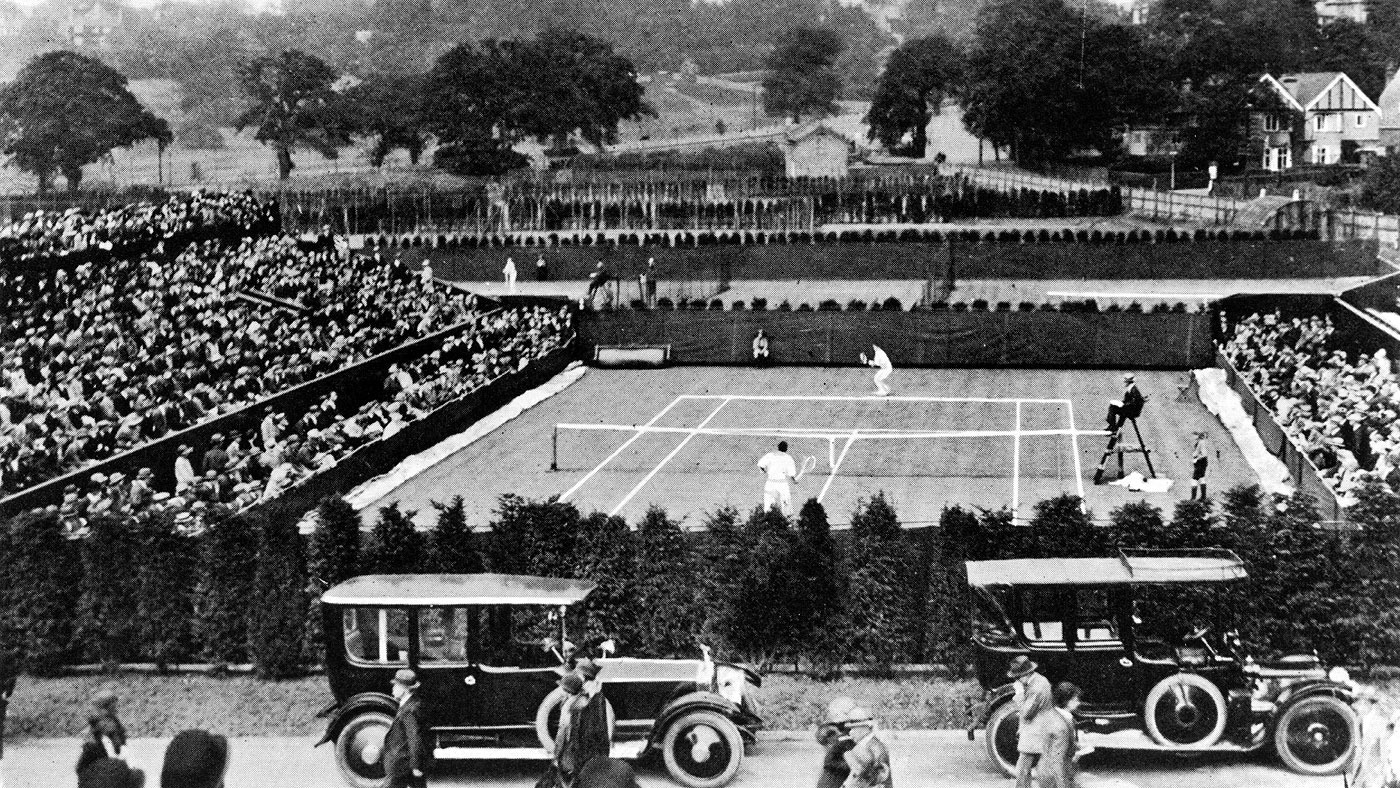
Since then Wimbledon has grown into something unique in the sporting calendar: a championship with a long and rich pedigree, yet which also embraces the modern. “Every year things are tweaked and hopefully improved,” Wimbledon chief executive Richard Lewis has said. “But we respect our heritage. I think sometimes things change too quickly. I don’t think Wimbledon has ever been guilty of that.”
The Week
Escape your echo chamber. Get the facts behind the news, plus analysis from multiple perspectives.

Sign up for The Week's Free Newsletters
From our morning news briefing to a weekly Good News Newsletter, get the best of The Week delivered directly to your inbox.
From our morning news briefing to a weekly Good News Newsletter, get the best of The Week delivered directly to your inbox.
So the courts are suffused with shades of antique green and there is no advertising around the playing areas. Competitors dress in traditional white, and match officials wear uniforms that evoke a halcyon sporting past. Yet surfaces are now re-laid every year with grass scientifically chosen to ensure precision play. Hawk-Eye technology has monitored line calls for more than a decade. Plans are in place for a retractable roof on No. 1 Court, to add to the one installed over Centre Court in 2009.

Style and glamour
Wimbledon welcomed its first overseas winner, the American May Sutton, in 1905. After an interruption for the First World War, the tournament showcased France’s flamboyant Suzanne Lenglen, an early sporting superstar who broke with convention by playing in short sleeves and calf-revealing skirts.
It was in the 1920s that Wimbledon cemented its reputation for style and glamour. In 1926, the future King George VI became the only member of the royal family to compete. Fred Perry (below), remembered now as much for his namesake fashion brand as for his tennis, won the men’s singles three years in a row from 1934. In the year of Perry’s first win, Bunny Austin abandoned sartorial custom and became the first male player to wear shorts.
A free daily email with the biggest news stories of the day – and the best features from TheWeek.com
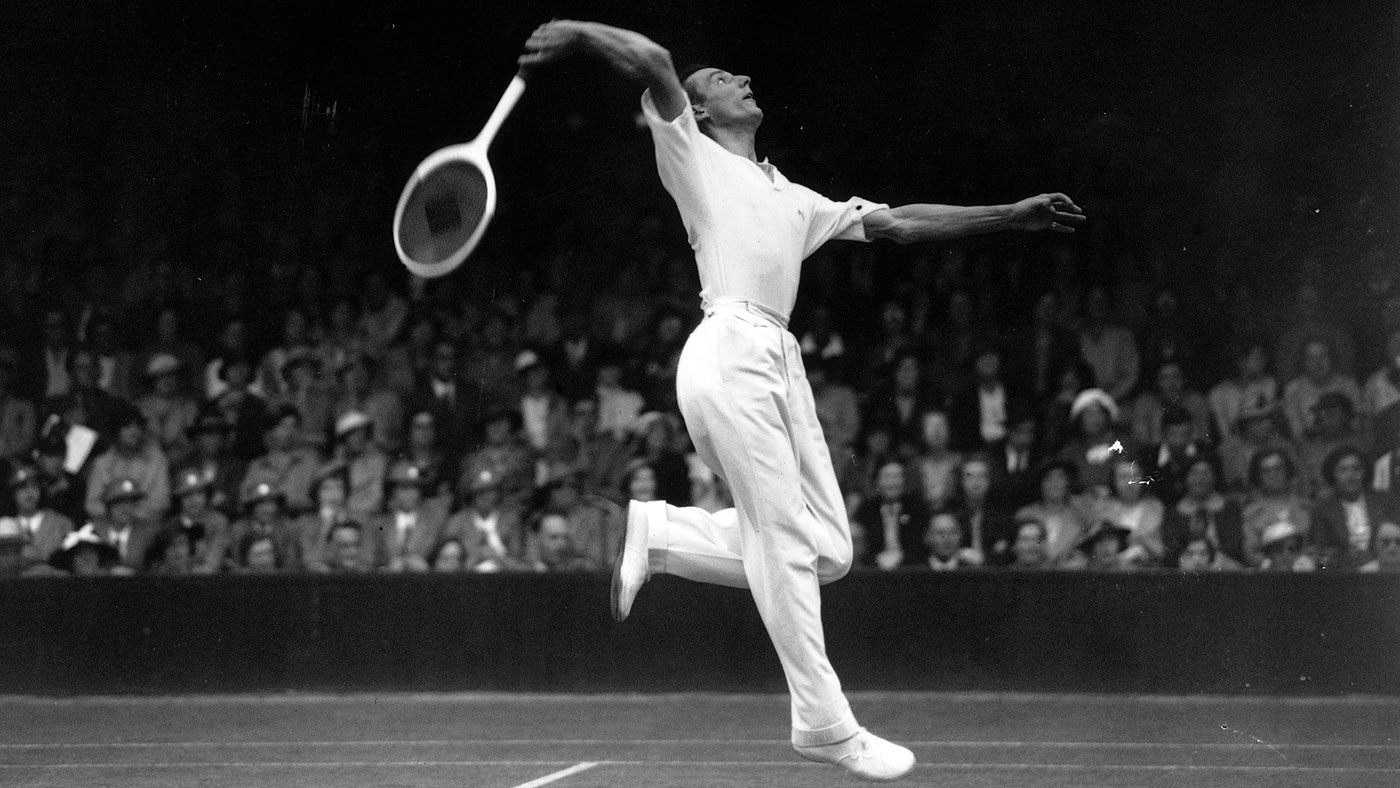
Wimbledon had moved to its Church Road site in 1922, and photographs from the early 1920s reveal the distinctive shape of the modern Centre Court. Later, world events would disturb the calm of SW19 when five German bombs hit the stadium in October 1940 (below), requiring substantial repairs. They were not completed until 1949, three years after the tournament resumed.
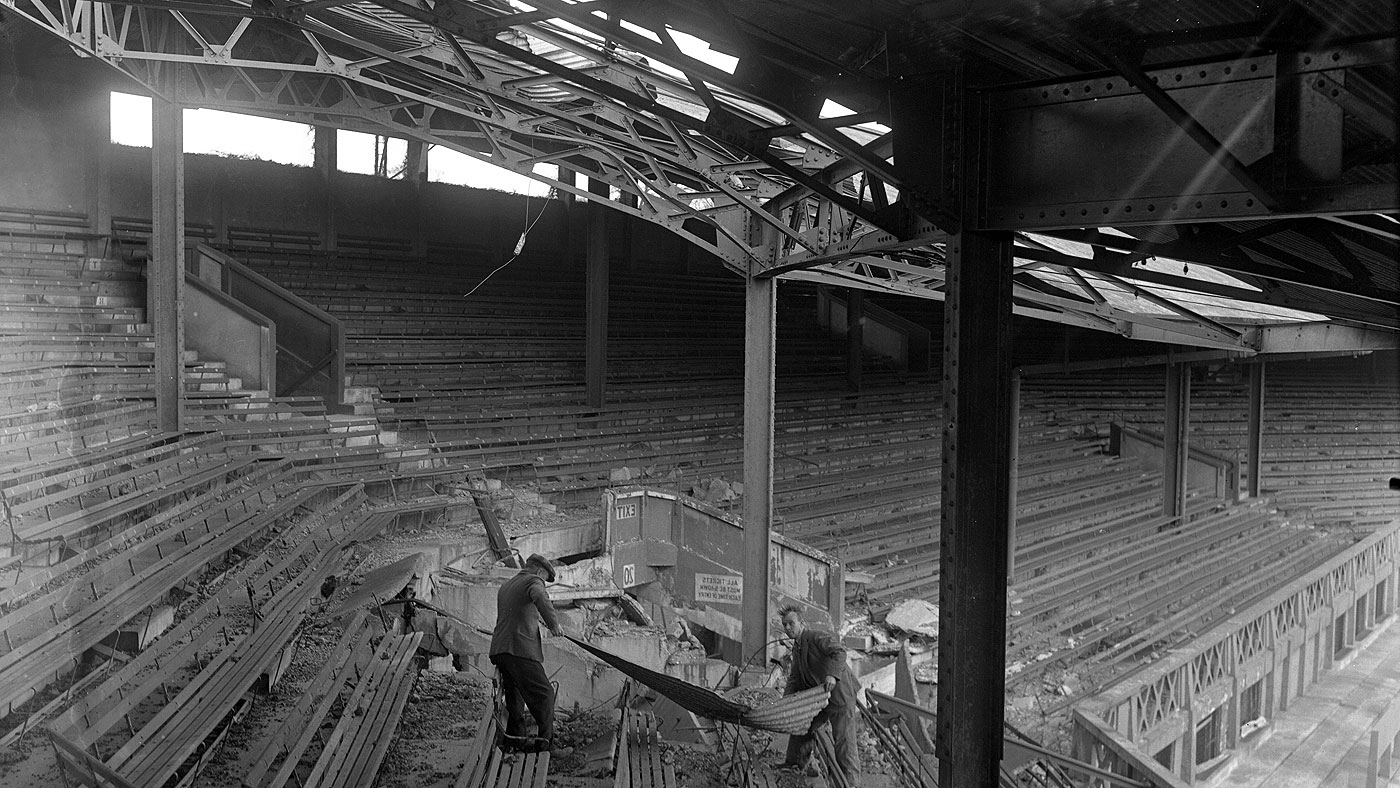
In these years following the Second World War, Americans and Australians dominated the championships: Maureen “Little Mo” Connolly, Margaret Court (née Smith), Maria Bueno, Rod Laver and Lew Hoad all enjoyed singles success. And in 1957 Althea Gibson, from South Carolina, became the first black player to win Wimbledon.
Open-era memories
In 1968, the admission of professionals heralded a sporting revolution. The open era brought money to the tournament and ensured the involvement of the best players. It also coincided with the early days of live satellite telecasting and colour TV, projecting Wimbledon’s reputation as the world’s pre-eminent tennis meeting.
Many of the past half-century’s most evocative sporting memories have been forged in SW19: tennis greats Rod Laver and Billie Jean King winning the first open-era competitions, Virginia Wade’s Silver Jubilee triumph in 1977, John McEnroe’s fiery persona, Pat Cash’s “champion’s climb” in 1987, Jana Novotna’s tears, the astonishing dominance of the Williams sisters, Björn Borg’s epic victory over McEnroe in 1980, Andy Murray’s successes in 2013 and 2016 and, most remarkably, Roger Federer’s record-breaking eight Wimbledon men’s singles titles.

‘Wimbledon represents perfection’
Like Wimbledon, Rolex combines tradition with innovation. As the Official Timekeeper at The Championships for 40 years, both on Centre Court and throughout the grounds, the watchmaker works with the All England Club to sustain one of the greatest events in sport.
But Rolex’s involvement with tennis goes further than its close ties with Grand Slams. It has also established relationships with some of the greatest players in the game, past and present.
It is no accident that Roger Federer and Garbiñe Muguruza, the current Wimbledon men’s and women’s singles champions, are Testimonees, along with legends from the past including Björn Borg, Chris Evert and Rod Laver. For Federer in particular, the Championships signify the perfect marriage of past and present. “Wimbledon represents perfection, everything that is good about the sport,” he says. “I love everything the tournament does, whether it’s the ivy on the wall or the perfect cut grass – it all makes sense.”
-
 A lemon-shaped exoplanet is squeezing what we know about planet formation
A lemon-shaped exoplanet is squeezing what we know about planet formationUnder the radar It may be made from a former star
-
 Political cartoons for January 4
Political cartoons for January 4Cartoons Sunday's political cartoons include a resolution to learn a new language, and new names in Hades and on battleships
-
 The ultimate films of 2025 by genre
The ultimate films of 2025 by genreThe Week Recommends From comedies to thrillers, documentaries to animations, 2025 featured some unforgettable film moments
-
 Premier League 2020-21 predictions and odds: champions, top four, relegation
Premier League 2020-21 predictions and odds: champions, top four, relegationThe Week Recommends A look at what the football media has to say ahead of the new season
-
 Paris Saint-Germain vs. Bayern Munich: Alphonso Davies expects a ‘goalfest’
Paris Saint-Germain vs. Bayern Munich: Alphonso Davies expects a ‘goalfest’The Week Recommends Key talking points ahead of the Champions League final
-
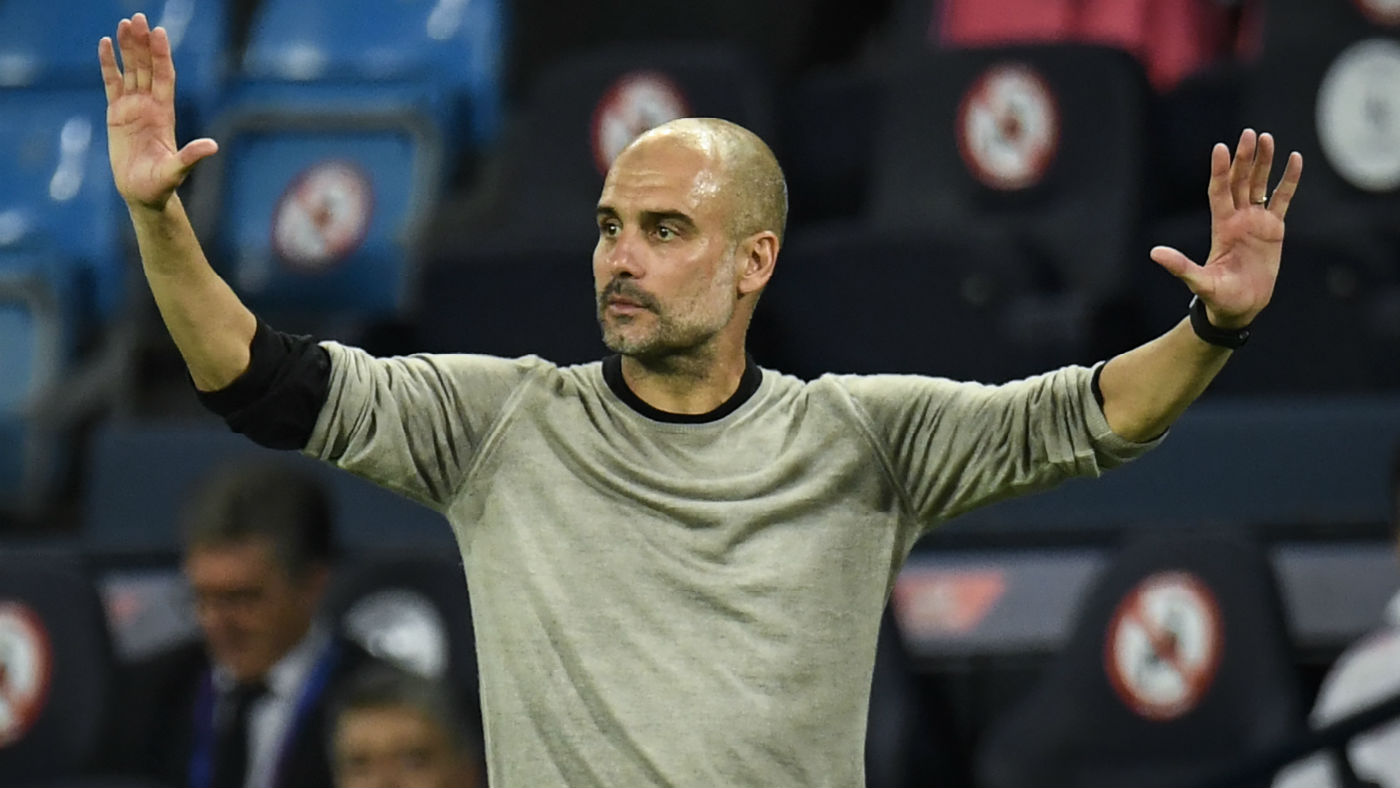 Man City’s ‘World Cup’: Pep Guardiola’s team bid for Champions League glory
Man City’s ‘World Cup’: Pep Guardiola’s team bid for Champions League gloryThe Week Recommends Sky Blues prepare for a potential three knockout games in eight days in Portugal
-
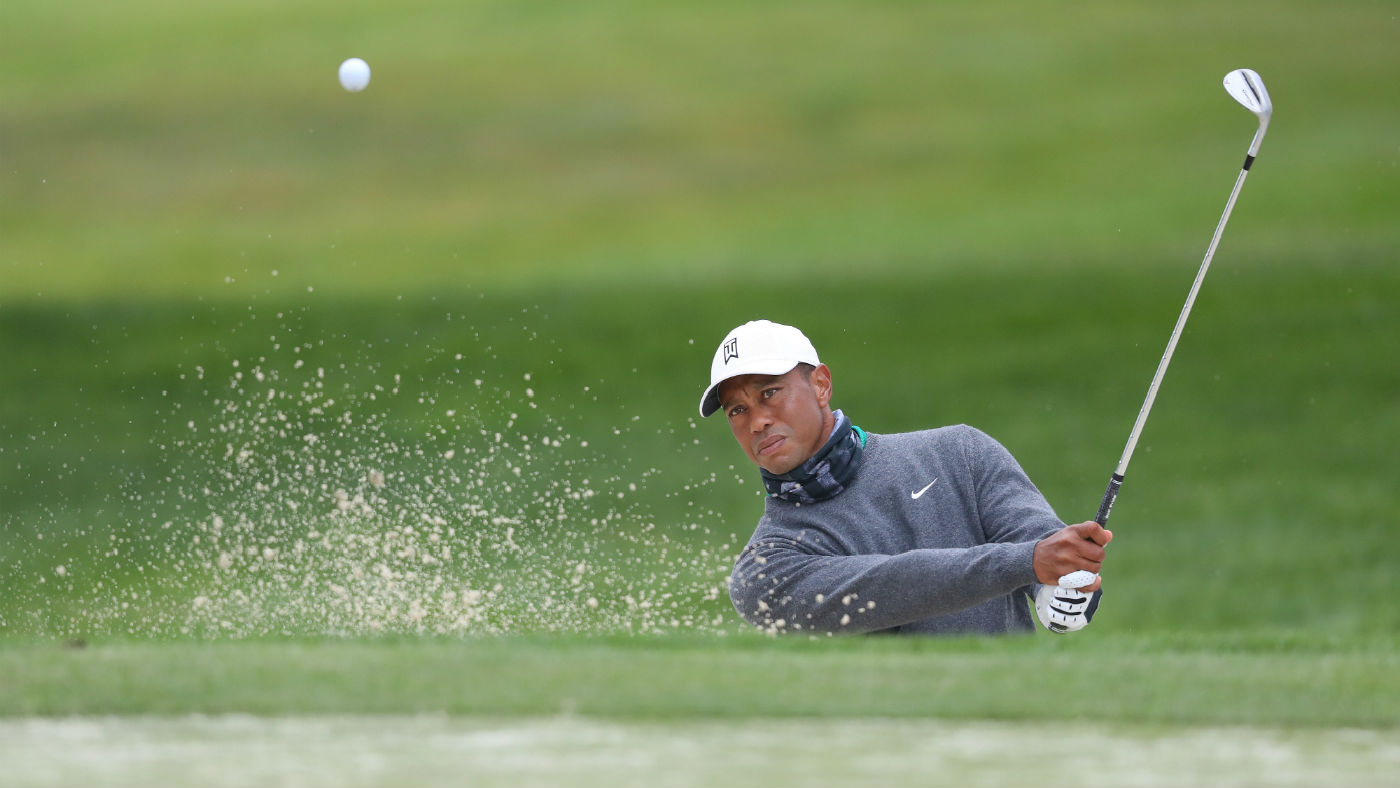 On the prowl for No.16: Tiger Woods is geared up for PGA Championship challenge
On the prowl for No.16: Tiger Woods is geared up for PGA Championship challengeThe Week Recommends First major of the year will be held behind closed doors at TPC Harding Park
-
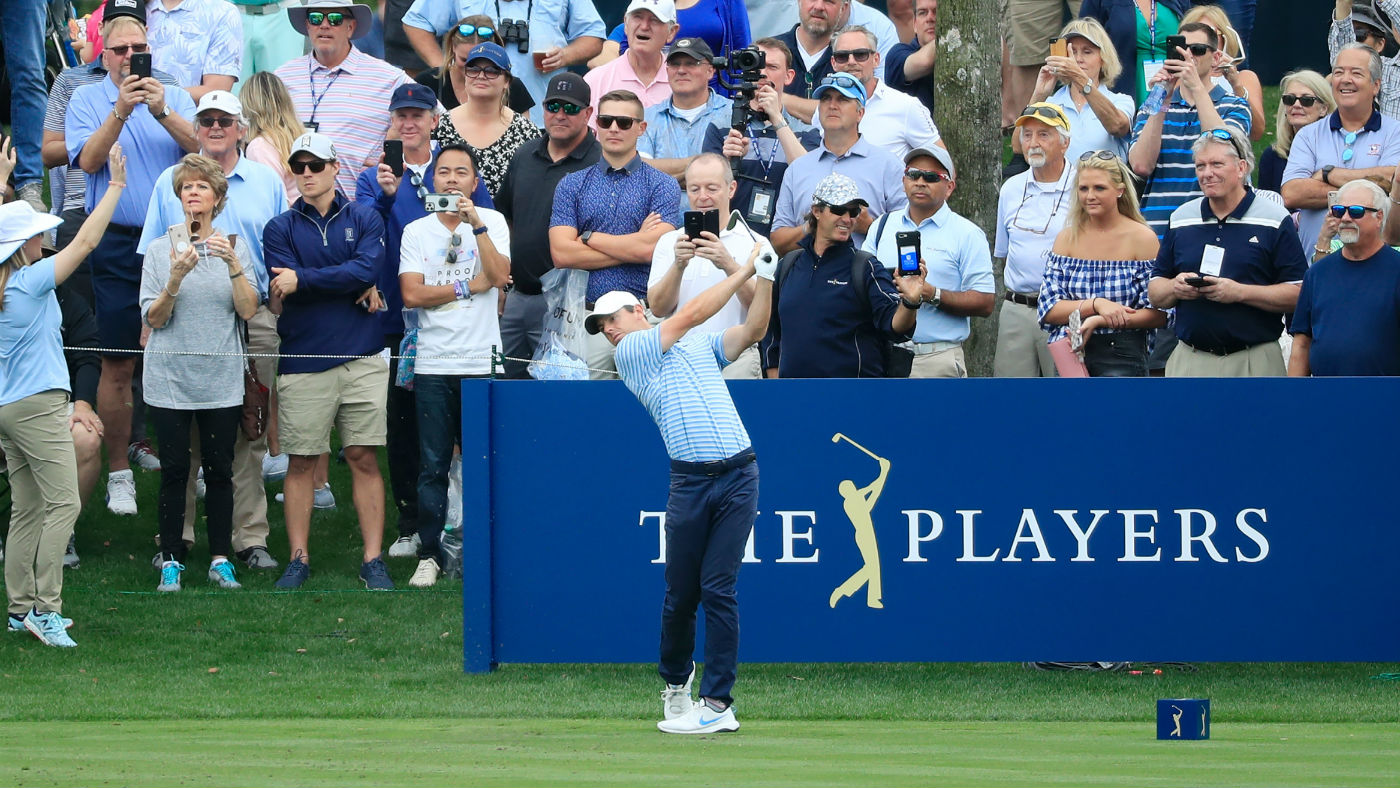 The Players: a big opportunity awaits defending champion Rory McIlroy
The Players: a big opportunity awaits defending champion Rory McIlroyThe Week Recommends World No.1 golfer aims to become the first back-to-back winner of the PGA Tour’s flagship event
-
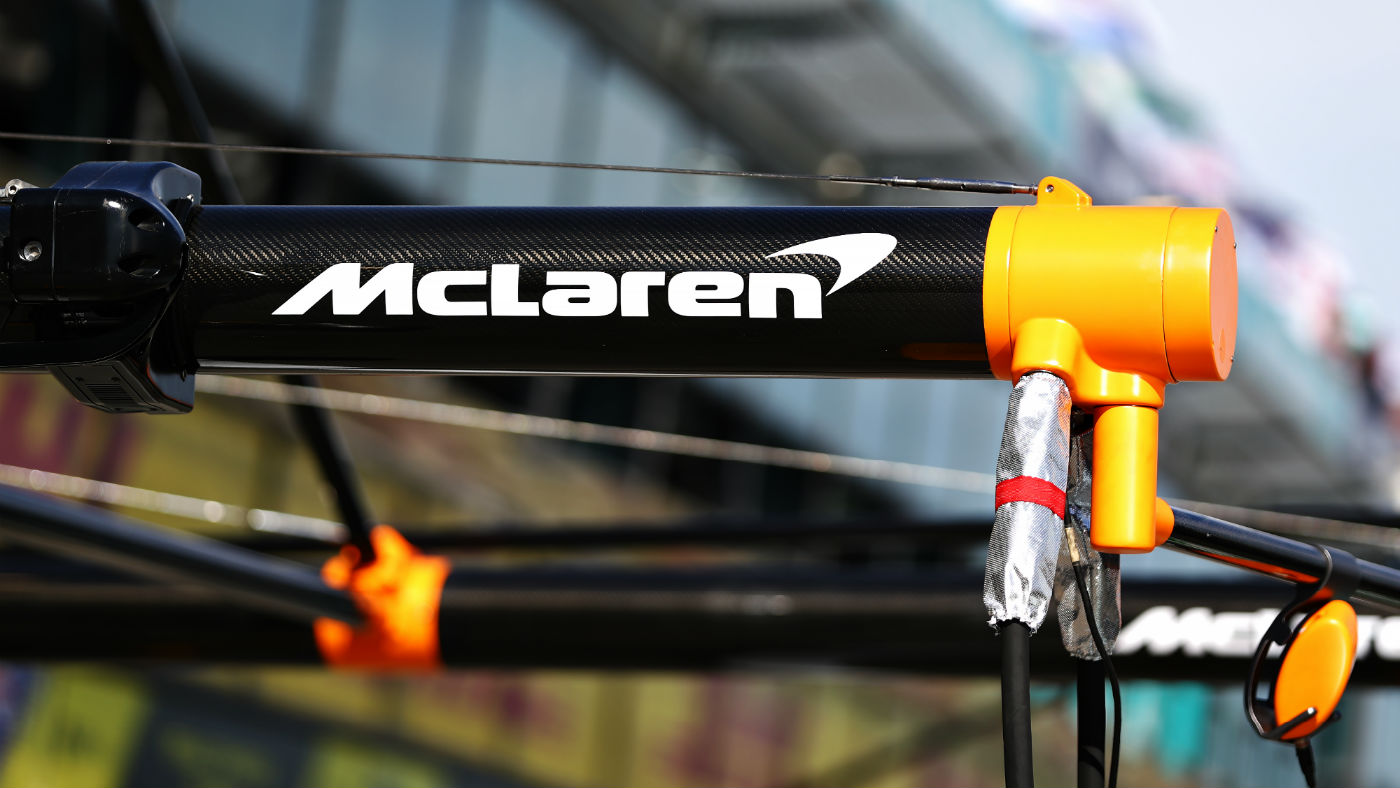 F1 Australian GP finally cancelled after McLaren withdraw
F1 Australian GP finally cancelled after McLaren withdrawThe Week Recommends McLaren team member tests positive for coronavirus
-
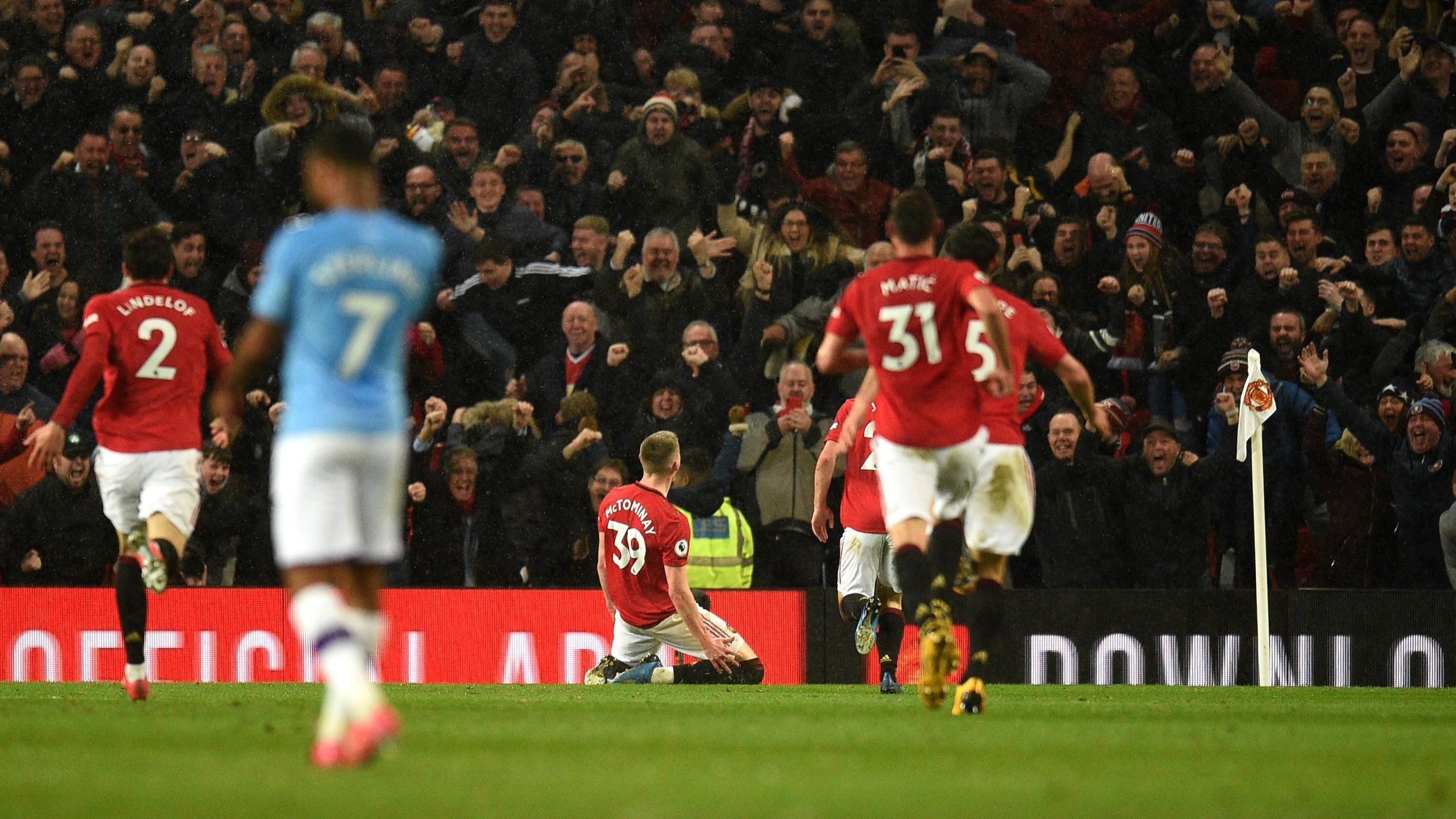 Premier League: Man United maintain superiority over City
Premier League: Man United maintain superiority over CityThe Week Recommends Ole Gunnar Solksjaer's side have beaten City three times this season, and result leaves Liverpool close to title
-
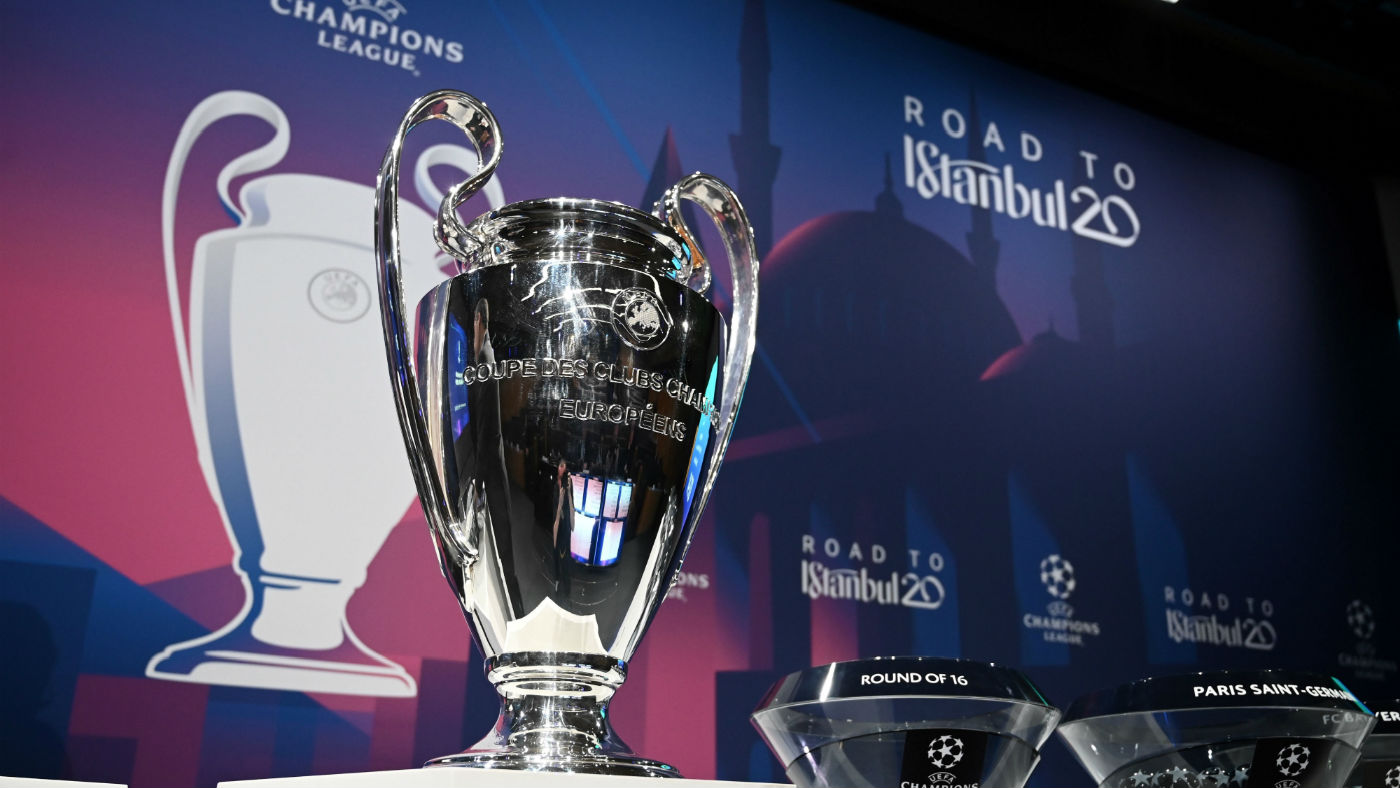 Champions League last-16 predictions: will ties go ahead and who will qualify?
Champions League last-16 predictions: will ties go ahead and who will qualify?The Week Recommends Liverpool, Tottenham and Chelsea all require comebacks in the second legs
